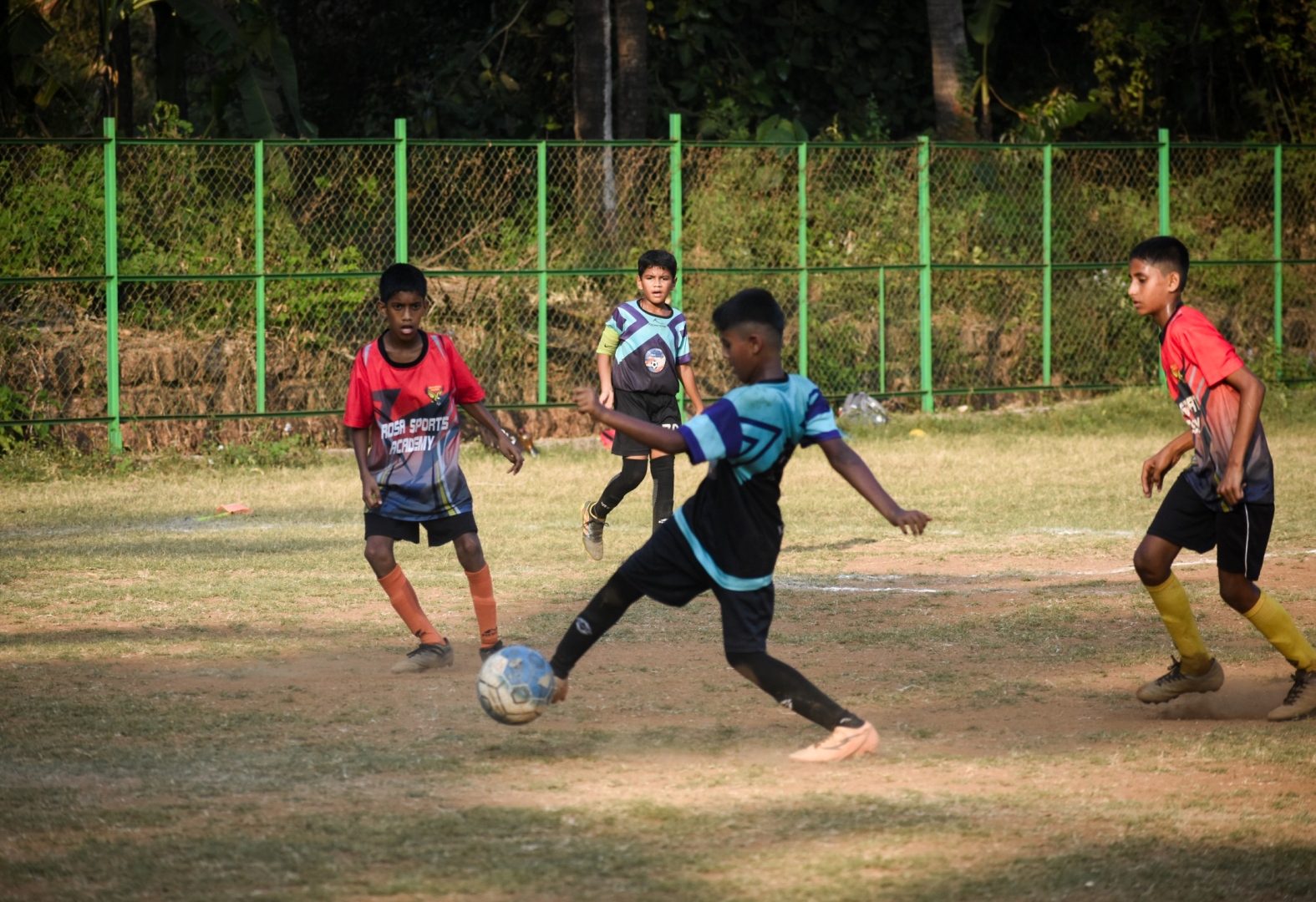
Photo Credits: Forca Goa Foundation
PANAJI
Four to five decades ago, Goa didn't have any nurseries and academies to catch-them-young-watch-them-grow, as they say, to spot talent and then nurture and groom them into footballers who would then go on to don colours for the top-tier clubs like Panvel SC, Dempo's, Salgaocars, Vasco SC and Sesa Goa among others.
It was therefore left to schools like Monte de Guirim and Don Bosco High School in Panaji besides several others like St Anthony's Duler and a number of other schools in Salcete and the rest of the State, to do the spotting of talent and grooming them with the ABC of football. These teenagers would then graduate into village-level football and organically grow into State and even India-level football stars.
Name any of Goa's football stars of yesteryears and there will be a rare exception of a handful who made it to the top, outside of this school to village and then club and State eco-system of football. Bruno Coutinho and Brahmanand Sankhwalkar (the two Arjuna awardees from our State) or for that matter others like Armando Colaco, Francis (Matari) D'Souza, Mahesh Lotlikar, Ramesh Redkar, Mauricio Afonso, Derrick Pereira, Savio Medeira, Mario Soares, Roy Barreto, Robert Fernandes, Francis (Pocket Silveira), Sameer Naik and the list of footballers who graduated from playing for their respective school teams by climbing the village-club-State levels, can go on and on.
As mentioned earlier, that was decades ago, and sadly, despite the existence of much better infrastructure across the State, there are very few if any Bruno Coutinhos emerging in State today.
Back in the mid-1990s, the AIFF injected a dose of professional football by introducing the National Football League (NFL) which later evolved into the currently struggling I-League. It did infuse some glitter to Indian football but it lost its charm along the way and failed to achieve its purpose of making football an economically viable proposition which would in turn fire India's climb to the top of International football and the FIFA rankings.
India's football administrators then stepped in, with a lot of prodding by AFC and FIFA, to come up with the Indian Super League (ISL) packaging it somewhat on the lines of the EPL (English Premier League) format and positioning it as the answer to all the problems India faced in becoming a footballing superpower.
More than a decade later, however, there's very little evidence of any strides of progress and India continues to languish in the lower rungs of FIFA's international rankings.
In Goa, meanwhile, many believe that the introduction of the ISL has played a part in disrupting the organic football ecosystem with the promised support to promote the game at the grassroots from the ISL franchisees, flowing only as a trickle.
Not everything can be blamed on the ISL though. The decline in Goan football has many reasons and the ISL, to give the devil its due, may have raised awareness of football among the hitherto unreached sections of Goans.
However, many of Goa's former football stars and administrators, who don't want to be quoted, say there is an urgent and desperate need to revive the community-driven football ecosystem if Goa has to make a comeback as India's football capital.
Goan football has its arteries and veins in the hinterlands and village grounds, nurtured over the years by corporate and village-level benefactors. It is time to strengthen these village and other corporate-sponsored clubs to keep Goa as a hotbed of football.